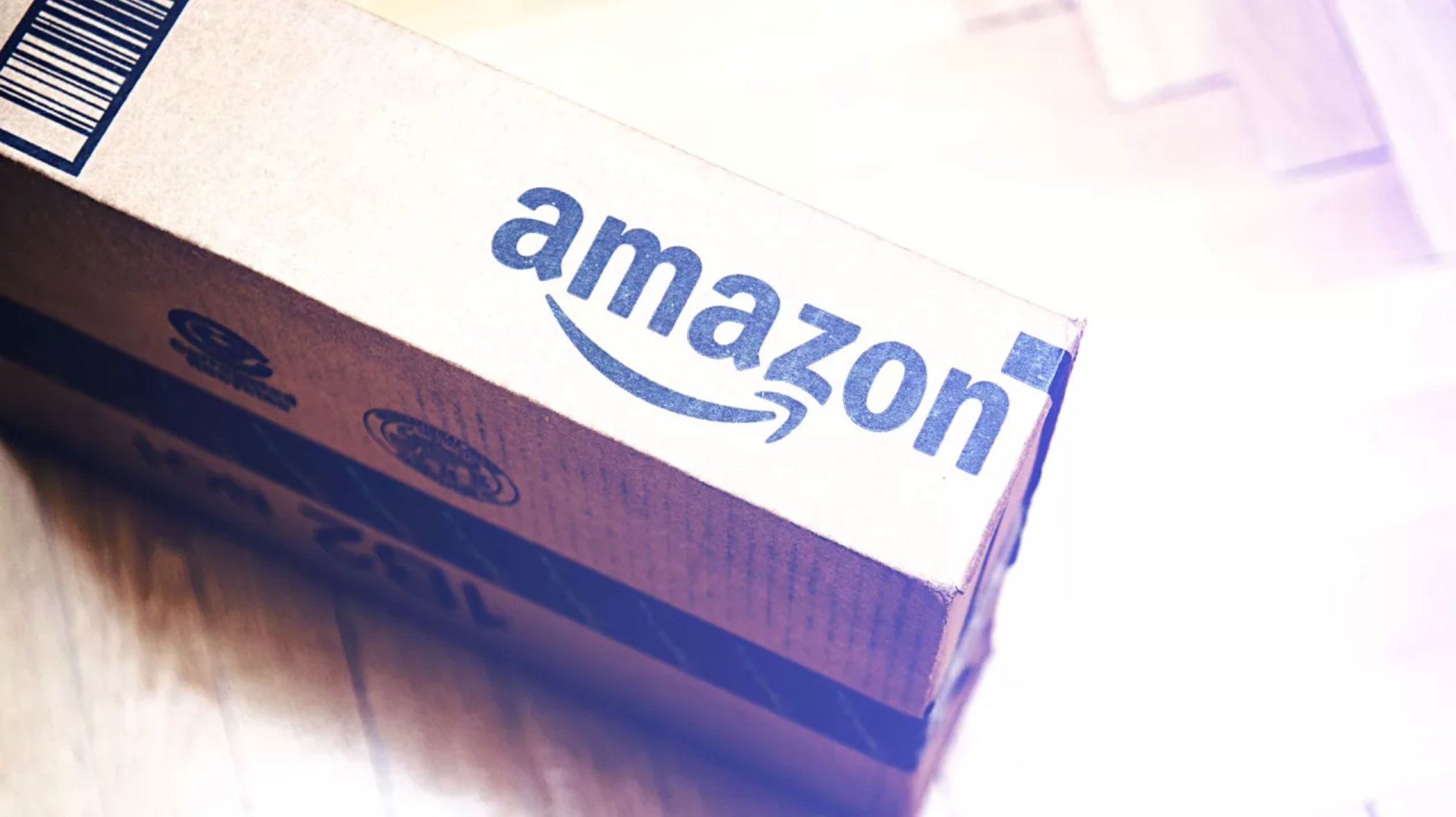Too many brands have the belief that when Amazon Retail reaches out to buy product, somehow a partnership is being formed between the brand and Amazon. It is critical to understand that Amazon’s incentives rarely align with the incentives of the brand.
Amazon is not your partner – start behaving accordingly
Amazon wants to build a marketplace with the largest selection at the lowest prices. While a brand may be attracted to the customer base of that marketplace, most brands want to protect their pricing. Hence the Amazon channel can be a frustration once the brand’s products start being sold by Amazon or third-party sellers well below MAP prices.
Amazon Retail has all sorts of scraping software that goes out to find the prices of brands – if Amazon finds a lower price somewhere, Amazon Retail will usually match that lower price so as to ensure a positive experience for Amazon customers. Because Amazon Retail rarely shares with brands any useful information about where it found the lower prices, it remains very difficult for the brand to manage pricing across all channels.
Amazon is an open marketplace – it’s hard to stop someone from selling your product on Amazon
The Amazon marketplace is designed to encourage as many sellers as possible to offer products to Amazon customers. As long as sellers are selling non-counterfeit product that is appropriately described on the Amazon product listings, almost all product categories and brands can be sold by anyone on Amazon. As a result, if a brand does not have tight control of its distribution (e.g., eliminating product diversion, gray market selling, re-importation of products, etc.), that will make it easier for sellers to show up on Amazon with the brand’s product. As most of these sellers are not likely to abide by a brand’s pricing policies, the products are usually sold below MAP, creating channel conflict with other better-managed channels.
Product supply on the Amazon marketplace may be a culmination of a brand’s global distribution sins – if the brand isn’t in control of its global distribution, product will mysteriously show up on Amazon, usually to be sold by unknown sellers at lower prices.
Control your brand content
Amazon’s websites get a lot more traffic than any brand’s website. If a brand has product listings on Amazon, it’s entirely possible that the content will end up higher indexed on Google than the brand’s content from its own site. So, whether for the purpose of ensuring high-quality content is indexed on the web, or to make sure Amazon customers are seeing complete, accurate information about the brand, we strongly encourage all consumer brands to load their content onto Amazon. And given how hard it is for most brands to control their distribution completely, someone is likely going to sell the brand’s product on Amazon at some point, so we encourage brands to make sure correct information is already on the site, ensuring brand equity on Amazon that is consistent to the content off Amazon.
No one has more incentive than the brand to control brand equity on Amazon. It’s up to the brand to ensure its Amazon product messaging is consistent to other channels – otherwise 200 million Amazon customers will get misaligned or disconnected messaging.
Distribution on the Amazon Channel Can be Controlled
For brand executives looking to influence what companies sell their products on Amazon, there are three avenues we suggest taking. First, an investment should be made in developing and communicating an online reseller policy that contains anti-diversion language. The executive can document how the brand wants to have its products sold online. While resellers may choose to ignore the terms of the policy, it now becomes easier for the brand leadership to pull product from distributors or retailers who don’t abide by the policy.
Next, the brand executive should investigate how production technologies like RF Tags, Serial Numbers or even simply invisible ink can be used to track test buys of product sold by unauthorized sellers back to specific distributors or retailers. Until the executive can identify the source of the product leak, it is not possible to close that gap efficiently.
Finally, the brand executive should work with its legal team to ensure that no trademarks are being violated by the unauthorized sellers on Amazon. There are literally dozens of ways that a brand’s trademark could be violated, allowing the brand to have its trademark properly enforced on Amazon or any online channel.
A brand can determine who sells its products on Amazon, but it takes continuous channel management, better incentive alignment with distributors and retailers, and most likely a well-defined, well-enforced trademark.
Amazon isn’t just a selling platform, it’s an advertising platform
While many brands view Amazon negatively because of what might happen with their products being sold, it is important to acknowledge just how powerful Amazon is as an advertising platform. Amazon offers brands all sorts of advertising opportunities both on Amazon.com (Amazon Marketing Services, Sponsored Products) and outside Amazon.com (Amazon Marketing Group, Amazon Advertising Platform). These platforms all compete with brands’ advertising budgets on Google and Facebook, and are getting more and more attention these days because of the relatively strong ROI experienced by several brands using Amazon to promote their products. We have seen brands shift a large portion of their advertising dollars to Amazon over the past two years, as brands come to realize they can advertise to consumers when they are much closer to making the purchase decision.
Consumers on Amazon are there to shop. If a brand can intercept the consumer during the shopping experience, the brand is likely to be much more likely to get its message heard.



